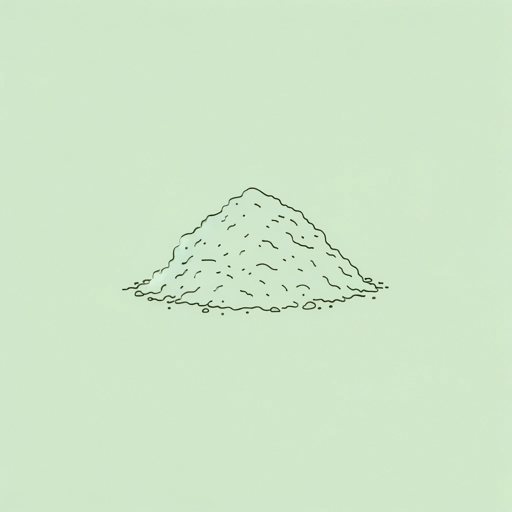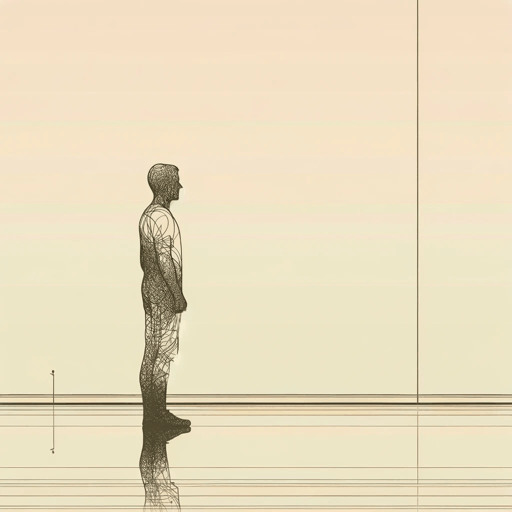17 pages • 34 minutes read
Sharon OldsStill Life in Landscape
Fiction | Poem | Adult | Published in 2004A modern alternative to SparkNotes and CliffsNotes, SuperSummary offers high-quality Study Guides with detailed chapter summaries and analysis of major themes, characters, and more.
Literary Devices
Form and Meter
The poem’s structure relies on a four-stress line, though not one that scans consistently. The poem resembles free verse in that any number of unstressed syllables may be present in each line, as few as one or as many as 11. Olds notes that her poems have a particular shape on the page: a solid left-justified side with an undulated right side, uneven line lengths that visually mimic tree branches or human limbs (an image resonant in this poem especially). Certain lines acquire emphasis from particular metrical features. The shortest line of the poem contains two spondees connected by an unaccented syllable: “leg gone, a long bone” (Line 8). A defining turn in the poem scans as catalectic trochaic tetrameter: “neutral twilight, broken glass” (Line 15), echoing the hymnody from Olds’s childhood.
Metaphor
It is not until nearly the midpoint of “Still Life in Landscape” that the narrative overtly moves from the literal to the metaphorical. The poem begins with the speaker’s childhood memory of witnessing the aftermath of a traffic accident. She describes the debris in detail, particularly a woman’s corpse still in the wreckage. Finally in Line 11, the speaker’s mother physically turns the speaker’s head to move her gaze from outward to inward, pressed against the mother’s body—and here the narrative takes on a new symbolic dimension.
Related Titles
By Sharon Olds







